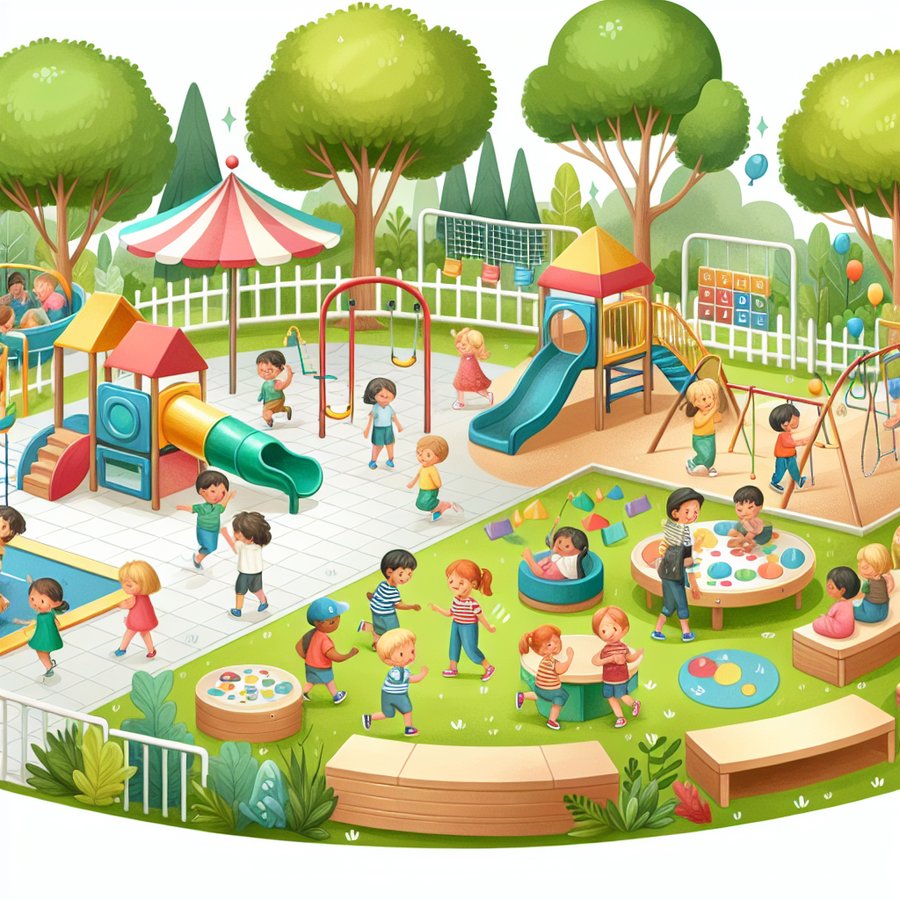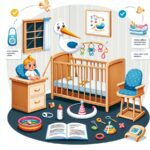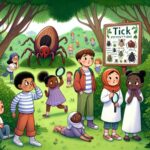Ensuring a safe play environment for toddlers outdoors is crucial for their development and well-being. This comprehensive guide will explore various aspects of creating a secure outdoor space where toddlers can explore, learn, and have fun without unnecessary risks.
The Importance of Safety in Outdoor Play
Outdoor play is not only essential for a toddler’s physical development but also for their social, emotional, and cognitive growth. However, the safety of these environments is paramount. A safe play environment encourages exploration with confidence and minimizes the risks of injuries.
Creating a secure outdoor play area involves careful planning and consideration of various factors, including the selection of play equipment, surfacing materials, and the overall layout. It’s also essential to regularly inspect and maintain these spaces to ensure they remain safe for toddlers to use.
Choosing the Right Equipment for Outdoor Play
Selecting age-appropriate and safe play equipment is vital for creating a secure outdoor play environment for toddlers. Equipment should be designed with the developmental needs of toddlers in mind, providing opportunities for them to climb, slide, and explore in a controlled and safe manner.
Furthermore, ensuring that play equipment is installed correctly and on appropriate surfacing materials can significantly reduce the risk of injuries. Rubber mats, wood chips, and sand are examples of surfacing materials that can cushion falls and provide a safer play surface.
How to create a safe play environment for toddlers outdoors
Creating a safe play environment for toddlers outdoors requires attention to detail and a commitment to regular maintenance. Start by choosing a location that is free from hazards such as traffic, water bodies, and steep slopes. The area should be fenced securely to prevent toddlers from wandering off.
Regular inspection of play equipment and surfacing is essential to identify and address potential hazards. Loose bolts, sharp edges, and worn-out materials can pose significant risks to toddlers. Additionally, consider the placement of play structures to ensure that there is adequate space for safe movement around them.
Implementing sun protection measures is also critical in outdoor play areas. Shade structures or strategically placed trees can provide necessary protection from harmful UV rays, while safe sunscreen practices should be encouraged for additional safety.
For further information on maintaining a safe outdoor environment, consider exploring resources on playground safety by the CDC, which provides comprehensive guidelines and tips for creating and maintaining safe play areas for children.
Additional Safety Tips and Considerations
Aside from the primary focus areas mentioned above, there are additional considerations to ensure the safety of outdoor play environments for toddlers. Monitoring for external hazards, such as natural wildlife or toxic plants, and teaching toddlers about safe play practices are crucial steps in preventing accidents.
Parental supervision plays a significant role in outdoor safety. Always supervise toddlers during outdoor play and be proactive in teaching them about the boundaries and rules of the play area. Engaging in play with toddlers not only enhances their experience but also ensures that they are playing safely under adult guidance.
In conclusion, creating a safe play environment for toddlers outdoors involves meticulous planning, regular maintenance, and an ongoing commitment to safety. By selecting the right equipment, ensuring proper surfacing, and considering additional safety measures, parents and caregivers can create outdoor spaces that allow toddlers to explore and develop in a secure and nurturing environment.
For more insights into child safety and wellness, check out our articles on choosing the safest baby car seats, childproofing against common household hazards, and preventing choking hazards.













